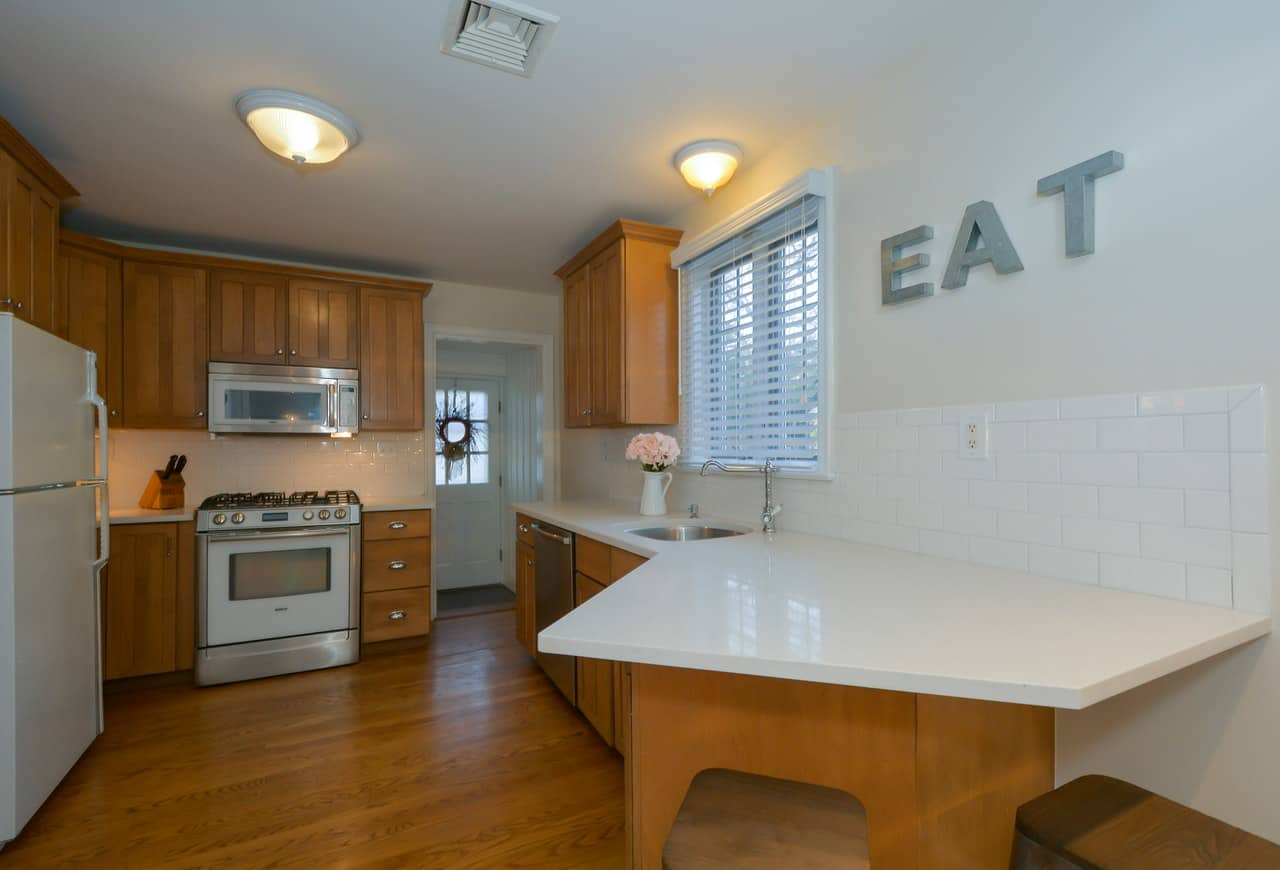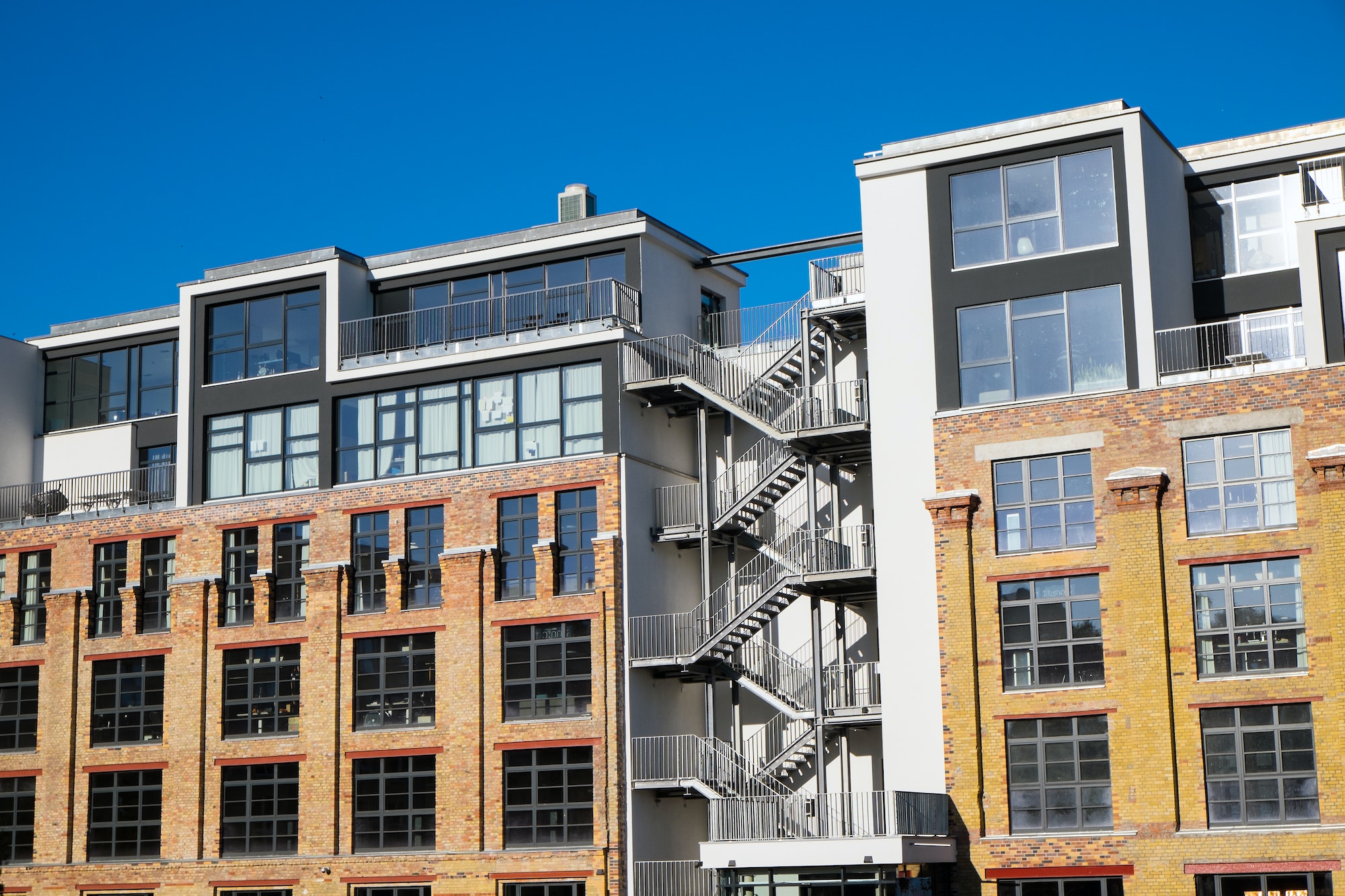Ovens have been around forever, with the first cast-iron oven invented in 1728. The gas model, similar to those found in restaurants today, was invented in 1826. It was followed in 1891 by the electric oven most of us use today.
Those electric ovens from more than a century ago didn’t look or perform exactly like the ones we use today. There have been vast improvements in the model since then. Unfortunately, these improvements don’t stop modern electric ovens from breaking.
When an oven breaks or doesn’t work properly, it can be frustrating. One of the most common complaints is that an oven won’t heat up or isn’t heating food evenly. Continue reading to find out why your oven might not be heating properly.
What Happens When Oven Won’t Heat Properly?
Besides being annoying, there are major issues when an oven isn’t heating properly. The biggest problem is that food won’t be cooked properly. If you eat food that isn’t cooked to the correct temperature, it can cause you to get sick.
An oven that doesn’t heat properly can also ruin food. Baking is especially temperamental. If the right temperature isn’t met consistently, you could end up with over- or under-baked items.
6 Possible Reasons Your Oven Won’t Heat Up Properly
If your oven won’t heat up properly, many things could be to blame. The six possible reasons listed below are among the most common.
1. Faulty Gas Igniter
Gas ovens use an igniter to turn the fuel into a flame that can be cooked with. Sometimes, an igniter can break or become too worn to work properly.
To check if the issue is a faulty gas igniter, turn on one of the burners. You should hear a few clicks, followed by a whooshing sound that means the gas is igniting.
If you don’t hear the whoosh after the clicks, this means the gas isn’t igniting. Replacing the gas igniter should solve the issue.
2. Broken Heating Element
If your electric or convection oven isn’t heating up, it could be the heating element to blame. This part is sometimes also referred to as the baking element.
To check if this is the issue, you should inspect the heating element inside the stove when it’s warm. Be careful to not get too close and don’t touch it. When on, the element should be glowing red to indicate it’s hot.
You will also want to visually inspect the heating element when the oven is off and cool. Inspect the element itself and the surrounding area for holes, scratches, blisters, or other signs of damage.
If you notice that there are signs of damage or the element isn’t glowing red when turned on, it will need to be replaced. Once replaced, your oven should heat properly.
3. Bad Temperature Sensor
A bad temperature sensor might also be to blame. Check the sensor and ensure it isn’t touching the sides of the oven. This can cause the sensor to read the wrong temperature.
If the sensor isn’t touching the wall, you can visually inspect it for damage when the oven is cool. If you see signs of damage, replacing the temperature sensor should fix the issue.
4. Incoming Power Issue
The problem might not be with the oven itself at all, but with the power source. An electric oven requires 240 volts to work properly. A gas oven requires 120 volts.
You can use a multimeter to test the wall socket your oven is plugged into. If the socket isn’t reading an appropriate voltage, you need to call an electrician. You shouldn’t try to fix electrical issues in the wall on your own.
5. It’s Dirty
Believe it or not, a dirty oven might be the issue. If you haven’t thoroughly cleaned the oven in a while and can’t find anything else wrong, try cleaning it.
To clean an oven properly without chemicals, you want to start by getting rid of any crumbs in the bottom. Then, you can place freshly squeezed lemon juice or vinegar into an oven-safe dish. Heat the oven at 250 degrees Fahrenheit for a few hours with the dish inside.
Once finished, remove the dish and allow the oven to cool enough it won’t scald you. Wearing protective gloves, wipe out the inside of your oven.
After the oven has been properly cleaned, try using it again. You might find that a simple fix was all you needed to have your oven heating up properly again.
6. Blown Fuse
Some electrical ovens contain fuses that allow it to function properly. A blown fuse could cause the oven to not work properly.
When the oven is cool, unplug it from its power source. You NEVER want to test or touch fuses when the oven is still plugged in. This can cause electrocution.
Pull the fuses from their places one at a time. Hold them up to the light and see if the internal pieces are still together. If they aren’t, you need to replace them.
Once the fuses are replaced, the oven should work properly again. Be sure to test all the fuses. It isn’t uncommon for several to blow at once.
What If None of These Is The Issue?
If you’ve checked all of the six items listed above but haven’t found the problem, it might be time to get professional help. You can call a certified repairman to help you diagnose the problem. With really old models, you might be forced to replace your oven completely.
Learn More
Do you have more questions about why your oven won’t heat up? You can read more on the topic here.
Discover more from Futurist Architecture
Subscribe to get the latest posts sent to your email.




